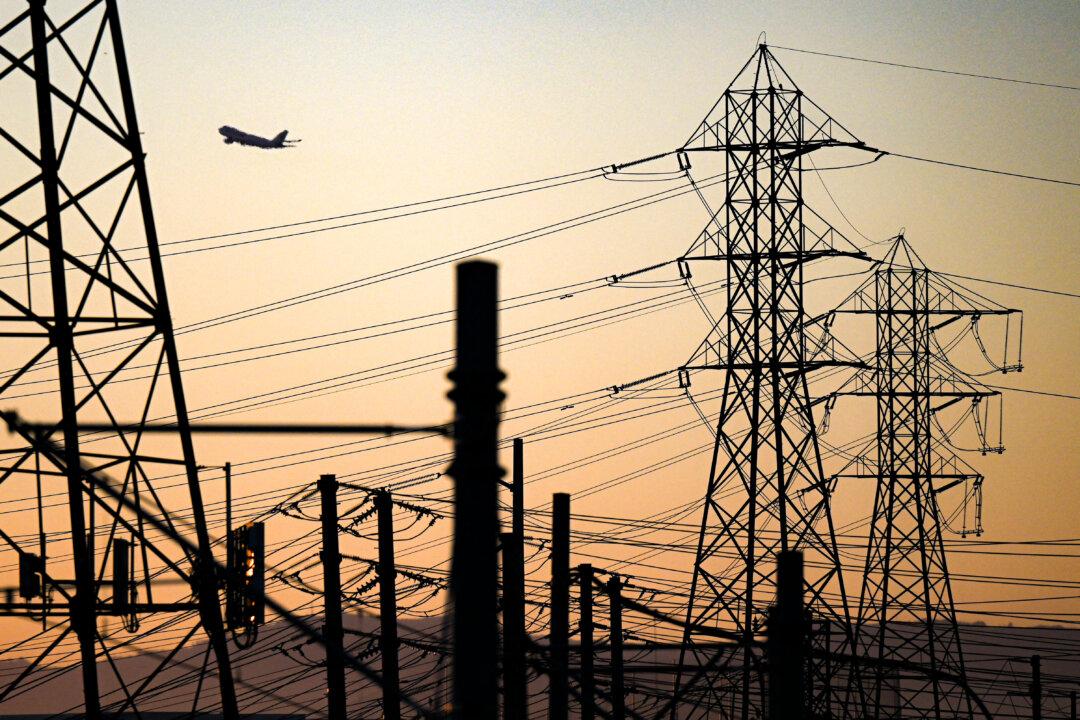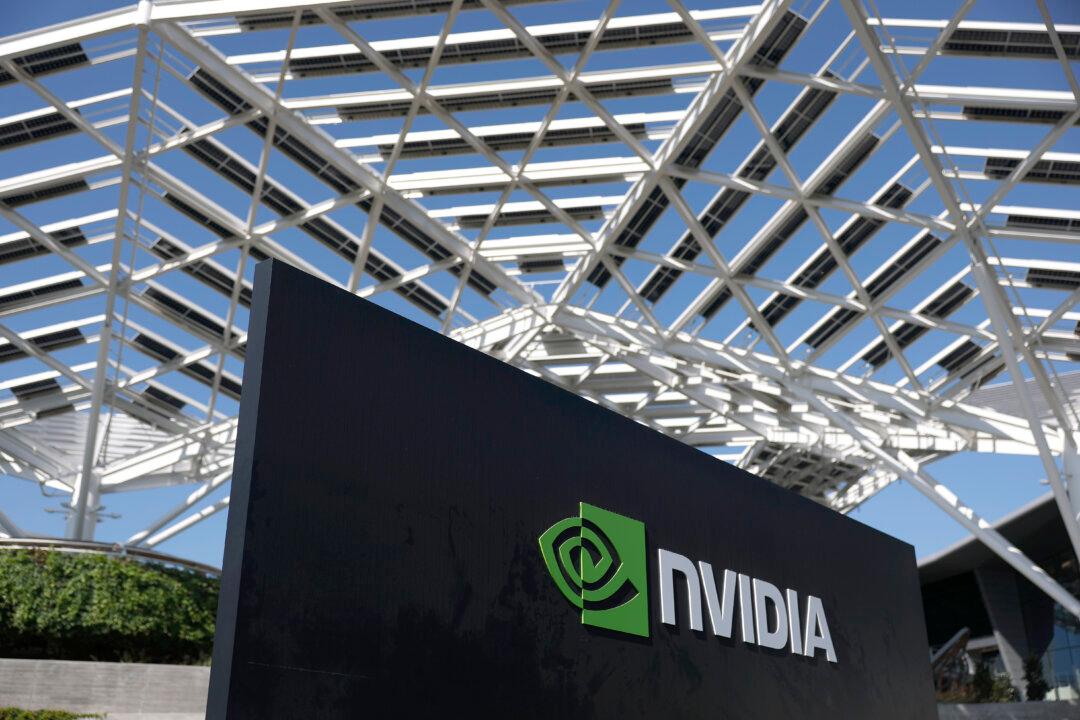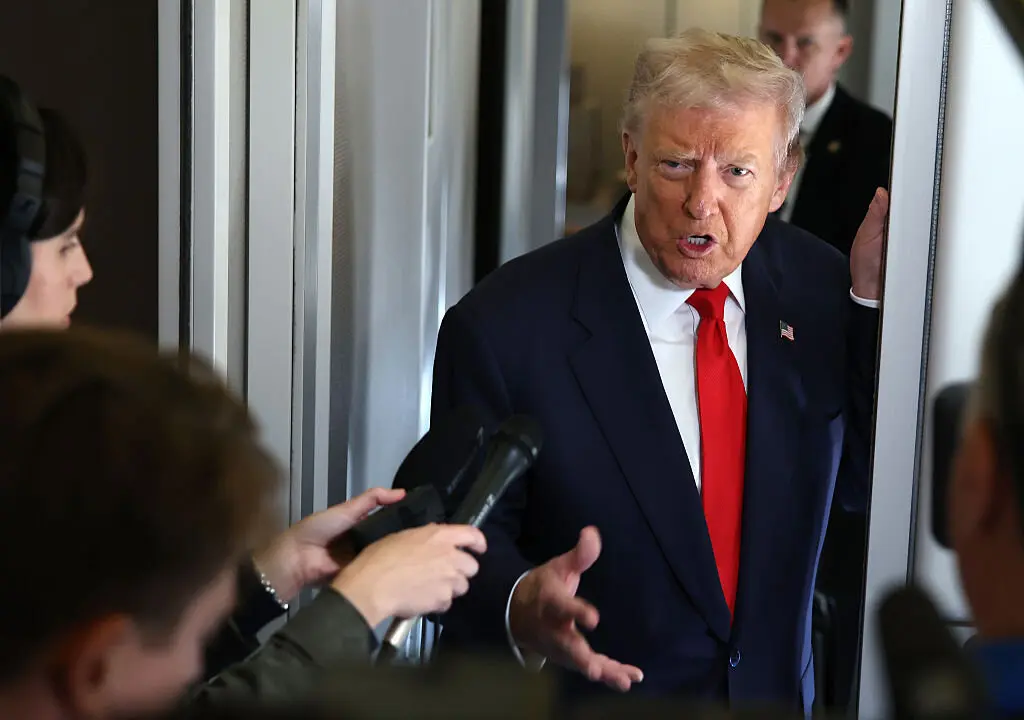Simultaneous with efforts by the Biden administration to make the United States’ energy infrastructure “green,” Chinese companies have become key suppliers of hardware to the U.S. electric grid that analysts are concerned could give China the ability to crash the grid if hostilities were ever to escalate.
Americans have become so used to an uninterrupted supply of electricity that our degree of dependence on the grid for the most basic necessities, such as food, water, heat, medical care, communication, and increasingly, transportation, often goes unnoticed. But experts say that the U.S. electric grid is an Achilles heel.





